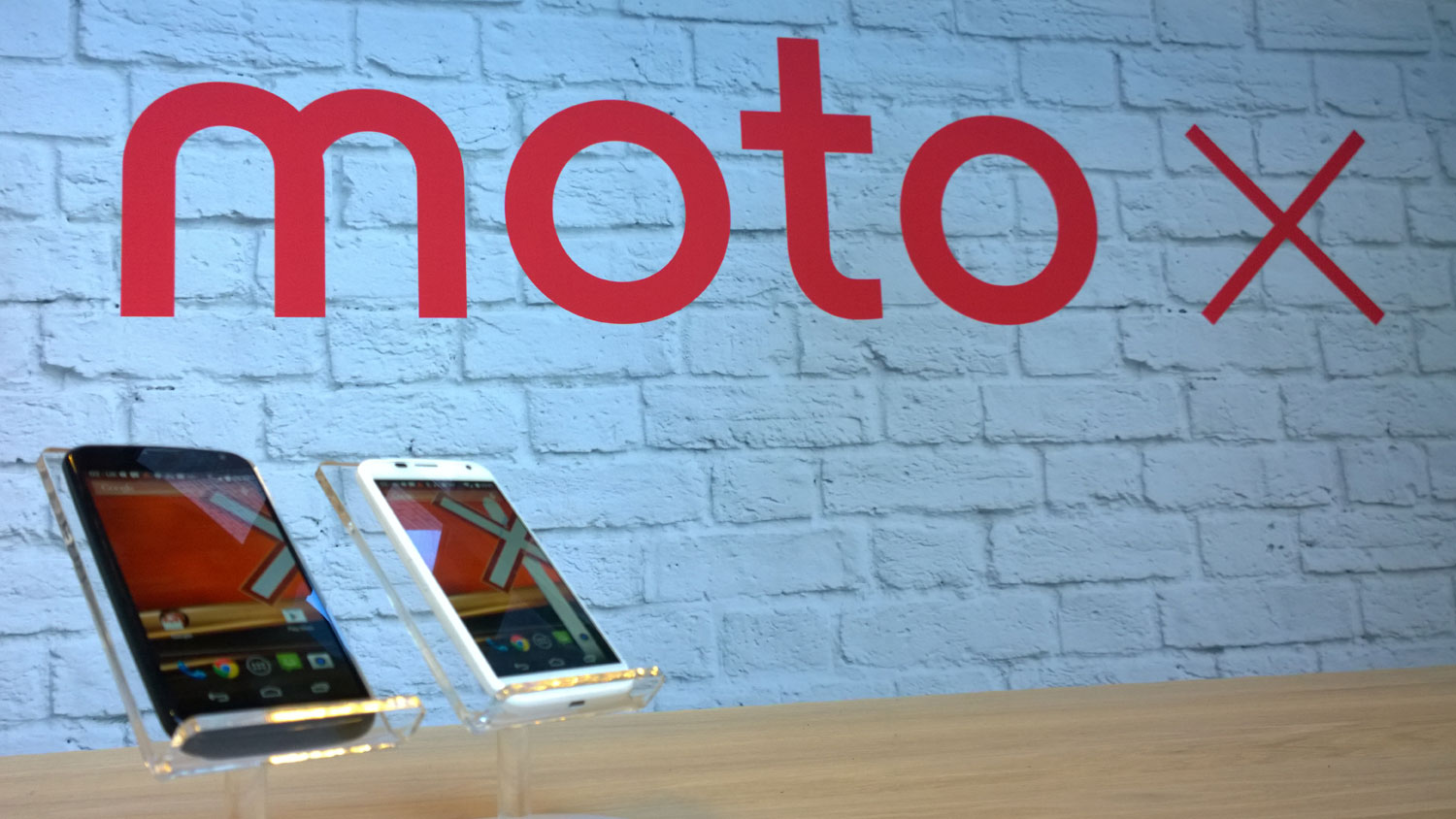Motorola: 'it doesn't matter what camera your smartphone has'
It's getting the shot that counts

Motorola has announced that it's bringing the Moto X to the UK on February 1 2014, six months after it was launched in the US, and trailing in the footsteps of the excellent Moto G.
We've already questioned the handset's arrival in the UK and its £380 price tag, which seems a lot when compared to the bargain basement Moto G and £300 Nexus 5.
TechRadar sat down with Mark Notton, Motorola's Head of European Product Management at the UK launch for the Moto X to find out why now is the right time, how the X stands out from the crowd and the future for the Google-owned firm.
Why now?
TechRadar: How does the Moto X fit into, and become relevant in, the UK, considering it launched six months ago in the US?
Mark Notton: "We've spoken to consumers in the UK and done a lot of research online and have found the Moto X is a product which definitely has a large appeal in the UK. The demand is out there, so we took the decision to bring the X to the UK to ensure the consumers who wanted to buy one could buy one."
It wasn't just a simple case of shipping the US version over to Britain however, Motorola did made some small tweaks to handset.
"We wanted to make sure the Moto X was fit for the UK market, so LTE bands on this model are the ones which are relevant for the European 4G market," Notton explained.
Sign up for breaking news, reviews, opinion, top tech deals, and more.
"This Moto X is launching on KitKat, which means it has the very latest software and the very latest experiences from Google. Along with the Moto G, both handsets we have in the UK are now running the latest version of Android."
The real magic
TR: Why should consumers spend their money on the Moto X over other handsets?
MN: "We've managed to deliver a number of experiences on the Moto X which you cannot get on any other devices. What we did through our research with consumers is ask them what problems frustrate them with their device, and what things do they wish they could do with their phone.
"The Moto X is architected on the X8 mobile computing system that includes a dual-core applications processor, quad-core GPU, a contextual computer processor and a natural language processor.
"The real magic of the X8 system is the contextual computing processor, that allows you to interact with the Moto X in a way you can't do with any other product out there.
"One of the ways we use the X8 system is taking a photo. You can have the phone in your pocket, pull it out and with a quick flick of the wrist open up the camera app - allowing you to take a photo very quickly."
The 10MP camera Motorola has crammed into the Moto X may not sound particularly stellar when compared to the 20.7MP Sony Xperia Z1 Compact or the 41MP Nokia Lumia 1020 - but size isn't everything, as Notton explains.
Never miss a shot
"The reason we've done this is because consumers tell us that they hate missing photos, and it doesn't always have to be about a 50MP camera, because if they miss the shot it doesn't matter what camera you have in your phone, you've still missed the shot.
"Another way we've used the X8 system to deliver a unique experience is with notifications. Usually devices have a blinking light in the corner for notifications, but that doesn't really tell you much.
"On the Moto X, using the X8 system, when the handset sees light its starts to glow with the time and any notifications you've got there, which stops you firing on the full screen."

TechRadar's former Global Managing Editor, John has been a technology journalist for more than a decade, and over the years has built up a vast knowledge of the tech industry. He’s interviewed CEOs from some of the world’s biggest tech firms, visited their HQs, and appeared on live TV and radio, including Sky News, BBC News, BBC World News, Al Jazeera, LBC, and BBC Radio 4.